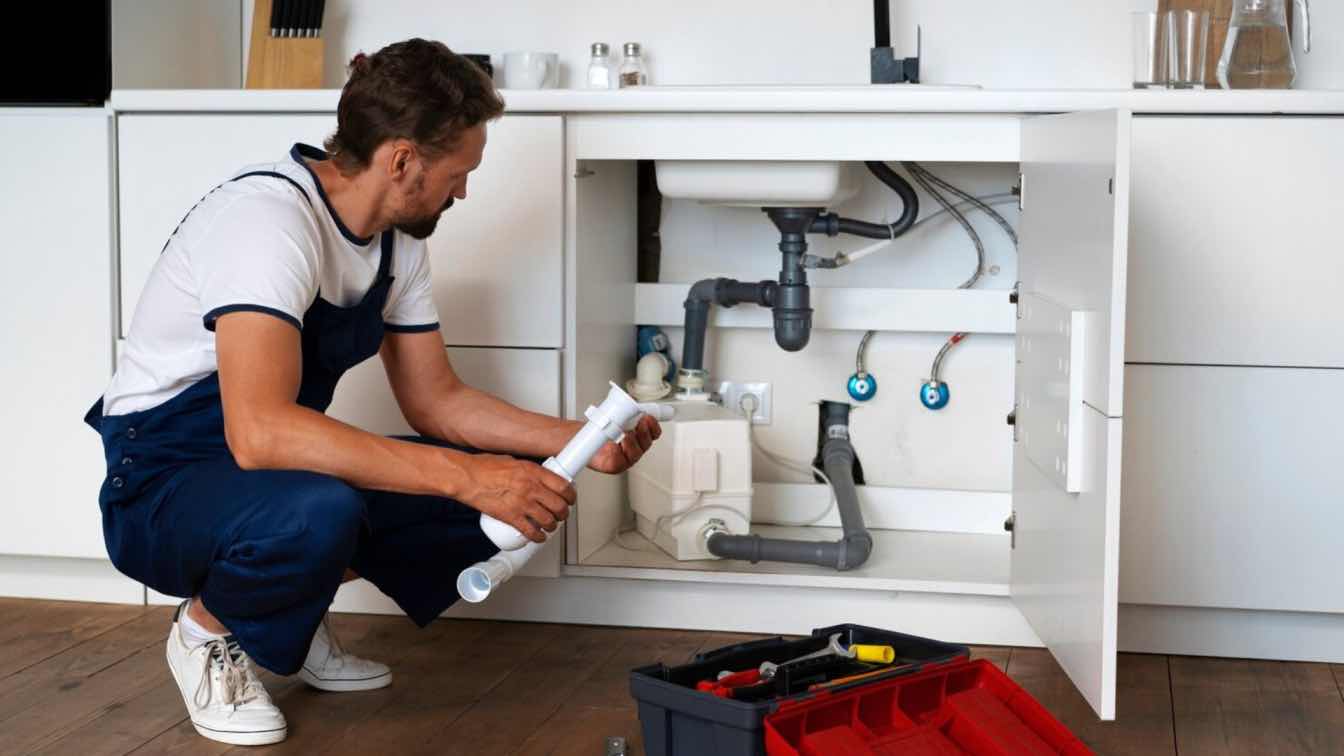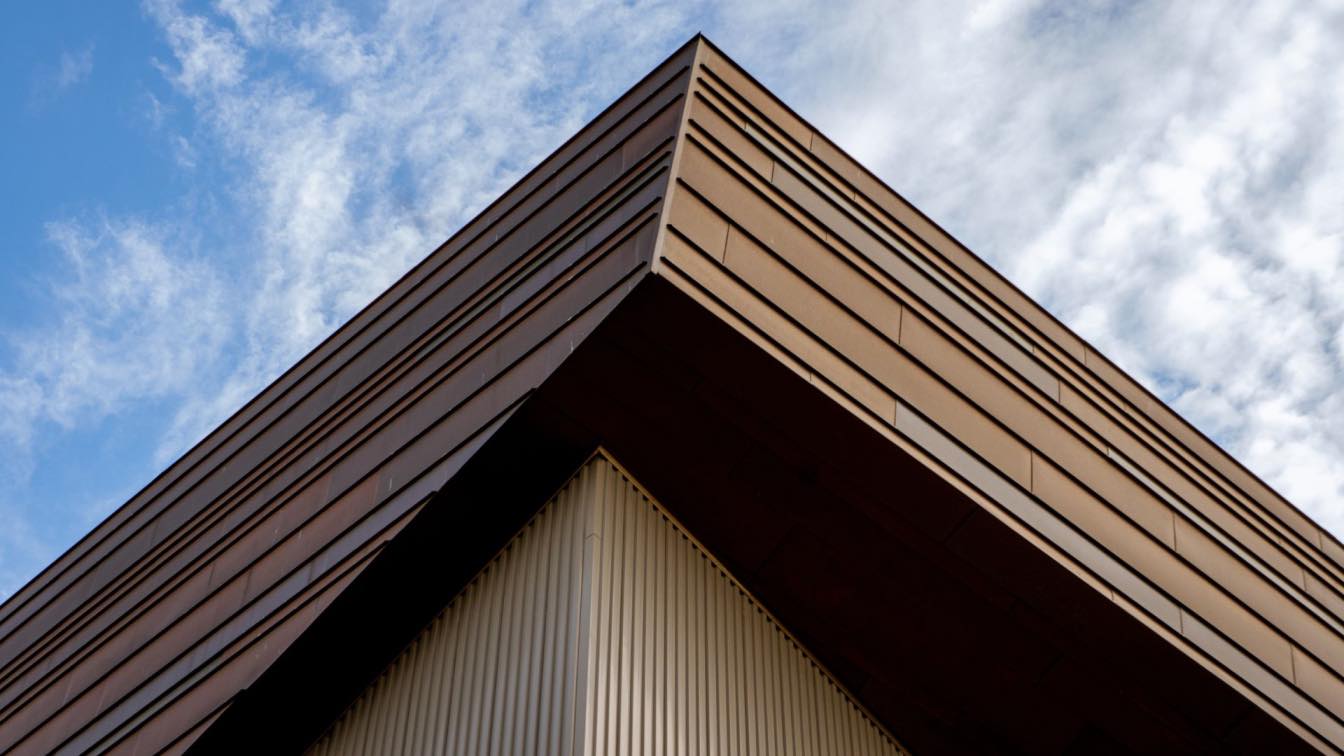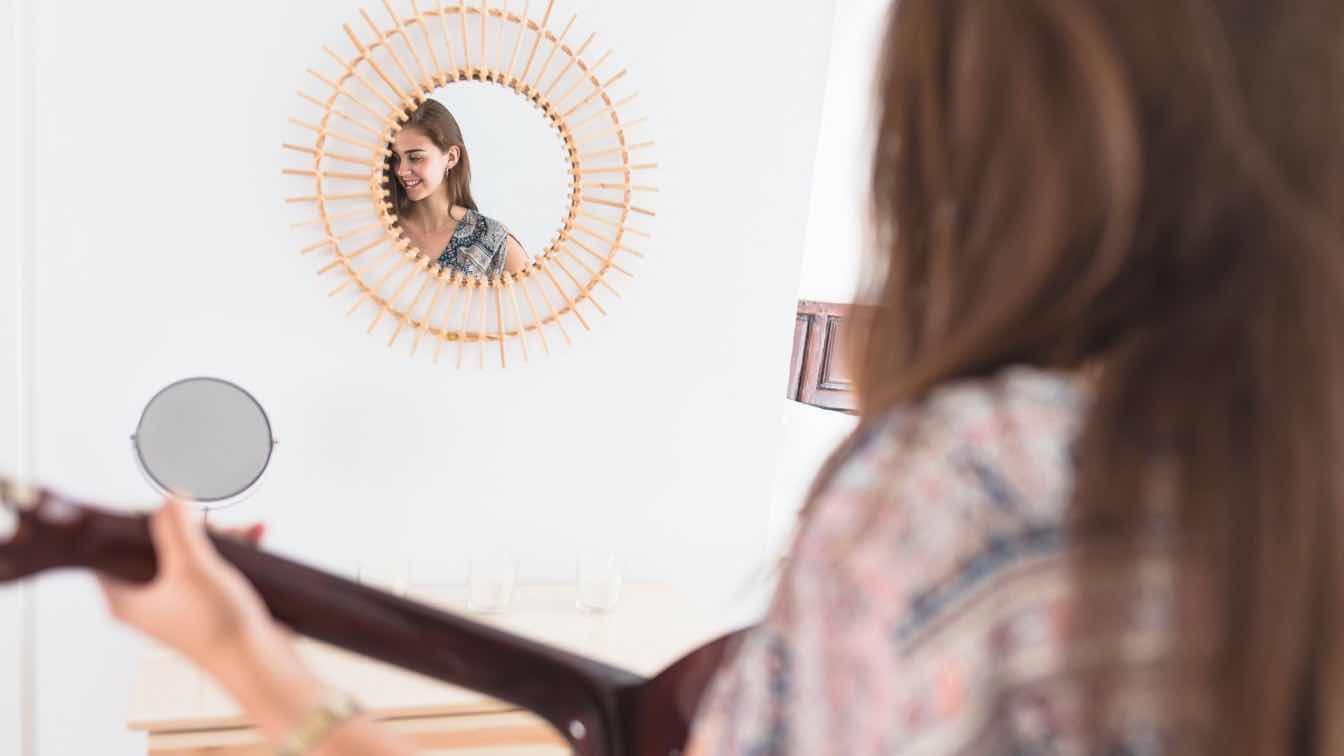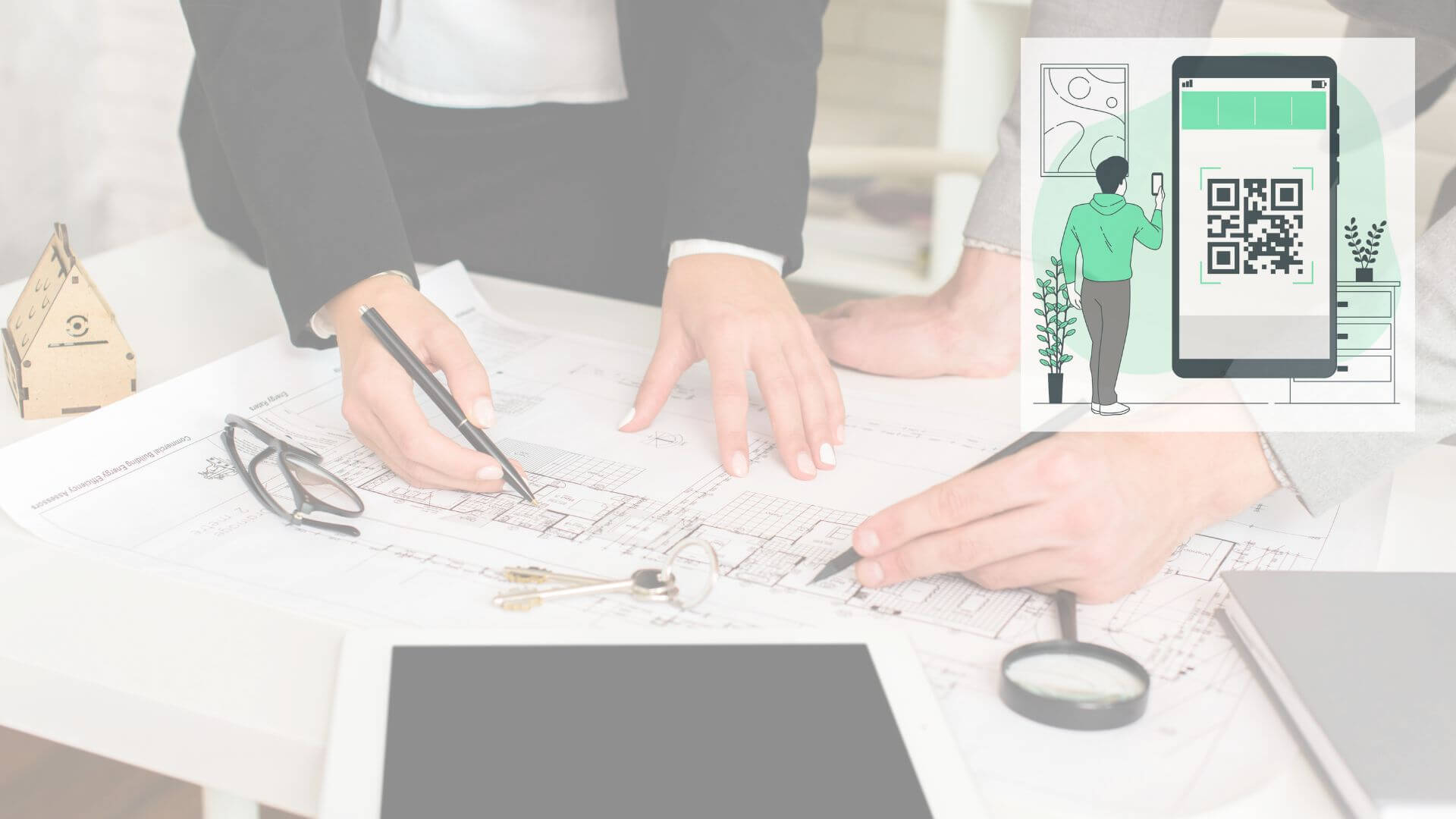Here's the picture: A resident opens the tap, yet instead of a massive stream, a precise and efficient flow comes out. This is not a part of a movie; this is actually the usability of contemporary water-saving plumbing devices. In the time when being environmentally-friendly matches being economically viable, these state-of-the-art tools are the first wind in the sails of household water management. From cool taps that save and still perform well to ultra-efficient toilets that flush speedily, such a water-conservation universe is interesting as well as indispensable.
Given that water stress is becoming a crucial global issue, property owners are realizing that they can be part of the solution while, at the same time, cutting down their household budgets. This article’s focal point will be on the use of water-saving plumbing fixtures. It is a discussion of the tremendous changes that these technical wonders can bring into the normal functioning of life by changing it into a green one without sacrificing any comfort or convenience.
Understanding Water-Saving Plumbing Fixtures
Water-saving plumbing fixtures are made in the way that the water consumption is decreased but the quality is still good. These fixtures incorporate modern-day technologies and creative schemes to not only cut down water usage but also to upgrade performance or at least to keep the achieved score. Few of those are low-flow showerheads, dual-flush toilets, and sensor-activated faucets.
Types of Water-Saving Fixtures
Low-Flow Showerheads
Oldered showerheads can often use up to 2.5 gallons of water per minute. Contrariwise to this, low-flow models lower this to 2 gallons or less, thus preserving thousands of gallons each year. These showerheads are often based on aeration or pulse techniques for constant strong water despite good water input.
Dual-Flush Toilets
The dual-flush toilets come in two options of flushing: one is a light flush for liquid waste and the other is a full flush for solid waste. The innovative design allows saving more than 60% of the water is achievable compared to the old normal system, which has a massive effect on household water consumption.
Water-Efficient Faucets
Newer models of faucets have air-containing devices to reduce the flow of water without affecting the pressure. Some models even include sensors that trigger water flow only when they are needed, hence, avoiding unnecessary running water.
Smart Irrigation Systems
In the case of not being directly applicable for indoor use, smart irrigation systems being installed in gardens and lawns when programmed properly using weather data and soil moisture sensors can contribute to a sharp decrease in nonessential water usage.
Benefits of Upgrading to Water-Saving Fixtures
Environmental Impact
These fixtures reduce the water consumption that helps to preserve the world's scarce and at the same time, very precious resource. This resource-efficient effort goes beyond just water; it also cuts the energy needed to treat and distribute water, thus decreasing the environmental footprint.
Financial Savings
Despite the initial cost of changing fixtures, possibly making some people anxious, the saving of water bills obtained in the long run can be really great. Most of the house owners report the noticeable shrinkage of their monthly water expenses after installing them.
Improved Home Value
During the time of growing interest in energy-efficient housing, the home buyer might become more interested in your property. The installation of efficient fixtures can dramatically increase the property&x2019;s attractiveness and value in the real estate market.
Installation and Maintenance
Some water-saving fixtures you can simply install by yourself as do-it-yourself projects, while others may need the premiere assistance of a professional. It is very important to guarantee correct installation in order to reach the top level of efficiency and avoid unnecessary leaks. Regular maintenance, like cleaning aerators and checking for leaks, is very important for the proper performance of the devices.
Overcoming Common Misconceptions
Some homeowners are against water-saving fixtures because they suspect that the fixtures will offer them less comfort. This, however, is no longer the case due to technological progression. A lot of low-flow showerheads have already gained a good reputation for the great showering experience made possible with very little water.
Government Incentives and Regulations
Many areas deliver refunds/bonuses or tax allowances for fitting water-saving tools. But, there are also some places where policies require the use of less water in construction and these are also policies that homeowners are encouraged to follow. Homeowners should gather information from the local authorities to see if there are any programs that will help decrease costs of upgrades.
The Future of Water Conservation in Homes
However, as technology progresses, we are sure that even better water-saving solutions will become available. Water from greywater recovery to smart home water management is becoming more efficient and using it more sustainably in the future.
Conclusion
The installation of water-saving plumbing fixtures is a small yet very effective way for households to cut down the use of resources and, as a result, help protect the environment and at the same time, enjoy financial savings. Through the change, not only are the monthly water bills of individuals cut down but also, they are the participants in the global issue of water scarcity.
Due to the increase in awareness and perfection in technology, these tools are set to become standard in homes throughout the world. Find a plumber in Epping, Victoria and talk to him about water-saving choices that suit the specifics of their house. Sustainable measures are not just hip for the generation; they are the way we have to go.]





